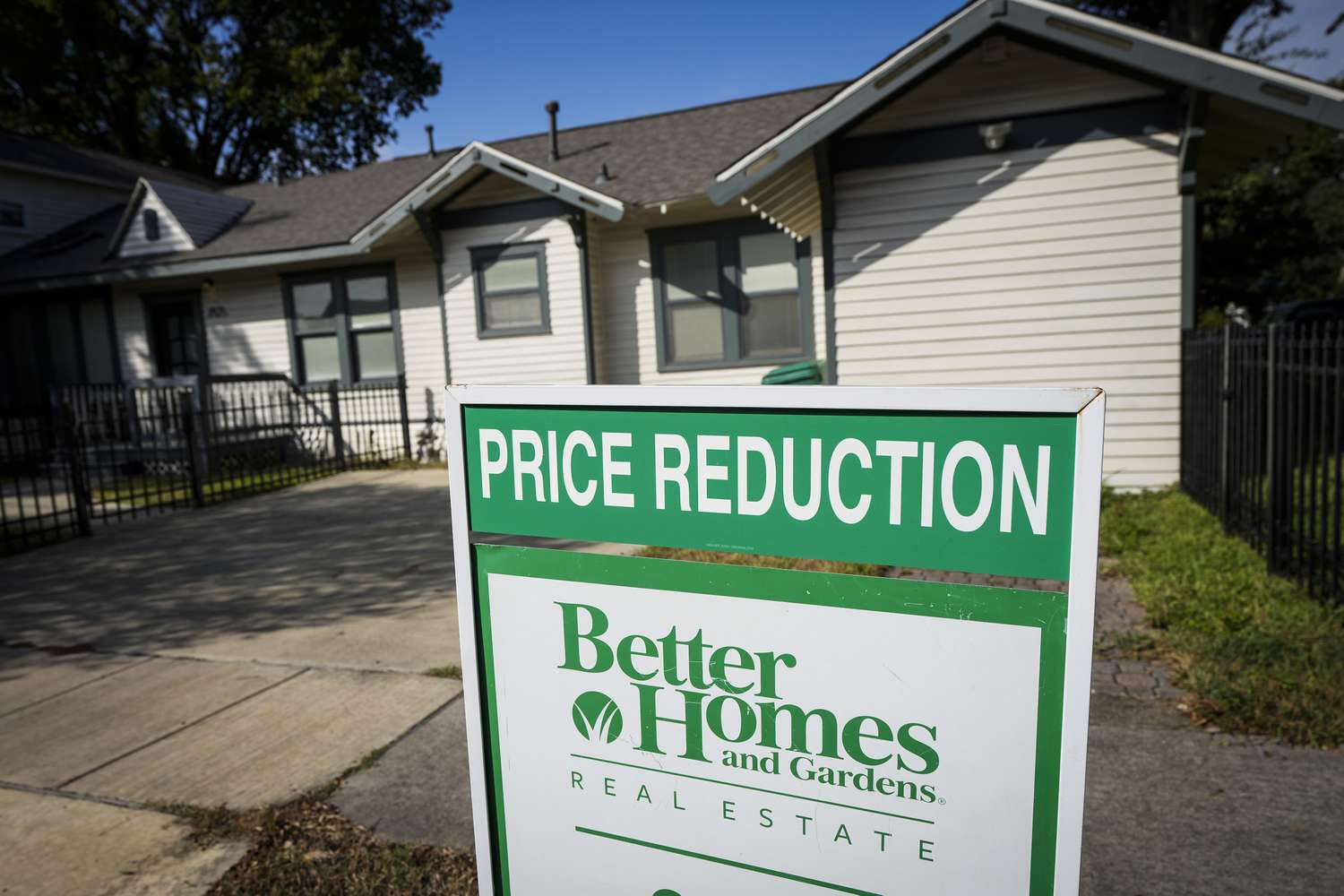R
emote work and soaring rents in major metros have pushed many renters out of their cities, driving a surge in demand for more affordable housing in 20 out‑of‑market cities over the past six years. In Q3 2025, five metros—Detroit, Philadelphia, Sacramento, San Francisco, and Charlotte—stood out for the most dramatic shifts in renter composition, according to Realtor.com’s October 2025 rent report.
The common factor among these diverse markets is that each offers cheaper rentals than nearby, larger cities. For instance, San Francisco’s median asking rent was $2,838, nearly 16 % lower than neighboring San Jose’s $3,370, the highest rent among the top 50 metros. This price gap has attracted significant out‑of‑market traffic: San Jose now accounts for 18.4 % of online rental views in the SF area, up from 7.5 % six years ago. Similarly, Philadelphia’s local rental demand fell 23.4 % in the same period, while New York City’s share of traffic to Philadelphia rose from 6.7 % in 2019 to over 25 % today. The price difference is stark—NYC’s typical rent was $2,925, compared with Philadelphia’s $1,743.
Detroit experienced the largest change in rental demand between Q3 2019 and Q3 2025. Local traffic dropped nearly 25 % from 2019, falling to 45.1 %, as out‑of‑town interest surged. Indianapolis led out‑of‑market views at 16.9 %, followed by Washington, DC (14.8 %) and NYC (13.7 %). Sacramento’s local demand fell 18.9 %, the third‑largest decline, while its median rent of $1,858 is more than $1,500 cheaper than San Jose and nearly $940 below Los Angeles. Charlotte’s median rent is also affordable, drawing 20 % of its traffic from Atlanta and 14.6 % from NYC—over half the cost of a comparable apartment in the Big Apple.
Rent prices have continued to fall. October marked the 27th straight month of year‑over‑year declines, with the median asking rent dropping $29 (1.7 %) from the same period in 2024. Across the 50 largest U.S. metros, the median rent was $1,696 in October, down $9 from September. Detroit again topped the list for demand changes, signaling a seasonal slowdown in the domestic rental market. Year‑over‑year, median rents fell across all unit sizes, with studios seeing the largest drop at 2.1 %.
Local demand versus out‑of‑market demand varies by city. In Q3 2025, NYC maintained the highest share of local rental traffic—74.8 %—mirroring levels from six years ago. Rent‑stabilization policies, high home prices, and low homeownership rates keep many residents renting. Despite the national median rent falling for over two years, NYC’s median rent rose 1.3 % YoY. In contrast, LA’s high housing costs and strict rent controls keep outsiders hesitant to move in. Chicago’s local demand is buoyed by a large population of college graduates who stay in the city for work after graduation, creating market stability but limiting new renter entry.
Raleigh, NC, led out‑of‑market demand with 69.5 % of traffic from outside the metro, reflecting its relatively affordable home prices and high homeownership rate, which shrink the local renter pool. Raleigh and Richmond, VA, have become top destinations for college graduates seeking affordable living and career opportunities.
Overall, the trend shows a shift toward more affordable metros as remote work and high rents in major cities push renters to seek better value elsewhere.














